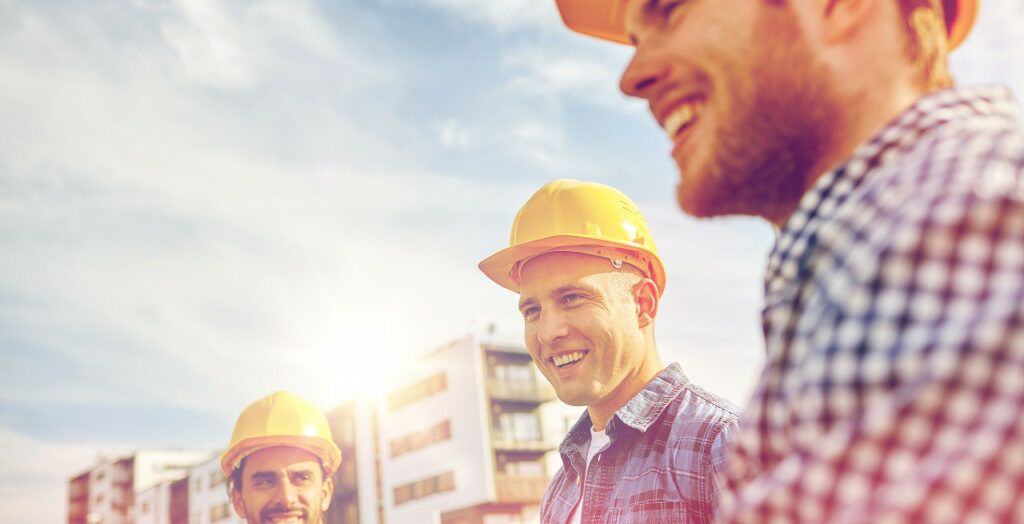Safety is always the top priority on any construction site. Outfitting your workers with the proper protective gear is part of keeping them safe. But with so many different types of gear available, it can be difficult to know what they need. Here are the six essential pieces of protective gear that every construction worker needs.
Head Protection
Construction workers are constantly exposed to potential head injuries. Whether it’s from falling debris or errant tools, there’s always a risk of something hitting them on the head. That’s why construction workers need to wear some form of head protection. The most common type is a hard hat, but other options include helmets and visors.
You should ensure that whatever head protection your workers wear, it fits properly and meets all safety standards. The best material for head protection is usually polycarbonate, as it’s both lightweight and durable.
Eye Protection
No matter your workers’ job, they need to protect their eyes. Whether it’s from flying debris or harmful chemicals, many potential dangers on a construction site can damage their eyesight. That’s why it’s important to provide your workers with some form of eye protection.
Safety glasses are the most common type of eye protection, but they’re not always enough. If your workers are exposed to more dangerous risks, you may need to provide them with goggles or even full-face shields. Whatever type of eye protection you choose, ensure it’s rated for the specific dangers on your construction site.
Hearing Protection
If your construction site is particularly noisy, you’ll need to provide your workers with hearing protection. Exposure to loud noises can cause permanent damage to their hearing, so it’s important to take precautions. Earplugs and earmuffs are the most common types of hearing protection.
Earplugs are less obtrusive and more comfortable for some workers, but they may not provide enough protection on their own. Earmuffs can be more effective, but they can also be more difficult to wear for extended periods. You should provide your workers with both options and let them choose what works best for them.

Foot Protection
There are a lot of potential hazards on a construction site that can damage your workers’ feet. From falling debris to sharp objects, they must wear some form of foot protection. The most common type of foot protection is work boots. They should be made from a durable material, such as leather, and have a slip-resistant sole.
You should also make sure that they’re comfortable enough to wear for long periods. Some workers may prefer steel-toe boots, as they provide extra protection from falling objects. Others may prefer lighter boots, as they’re more comfortable to wear in hot weather.
Body Protection
In some cases, your workers will need additional body protection. This is usually the case if they work with harmful chemicals or electrical hazards. Protective clothing, such as coveralls and aprons, can help to protect their skin and clothing from these dangers.
You should also provide your workers with gloves when necessary. This is usually the case when working with sharp objects or chemicals. Choose gloves made from a durable material, such as Kevlar, that fit snugly on their hands.
Overall Protection
The best way to protect your workers is to provide them with the right gear for the job. But you should also ensure that they’re adequately trained to use it. Review your safety procedures regularly and ensure your workers are familiar with them.
You should also use high-quality protective material; for example, the use of alloy steel chain slings can provide your workers with the best protection possible and avoid accidents. These slings are designed for various applications, so you can find the perfect one for your needs. So, don’t wait – get the protection your workers need today.
What to Do If an Accident Does Happen
No matter how safety-conscious you are, accidents can happen. That’s why it’s essential to have a plan in place for when they do. First, ensure your workers know where the nearest first-aid kit is and how to use it. You should also have a list of emergency contacts, such as the nearest hospital or poison control center. Post this list in a prominent location, such as the break room or time clock area. And finally, make sure your workers know how to reach you in an emergency.
If you want to keep your construction workers safe, it’s essential to outfit them with the proper protective gear. Ensure your workers have these items before they start their shifts to help keep them safe while they work.






